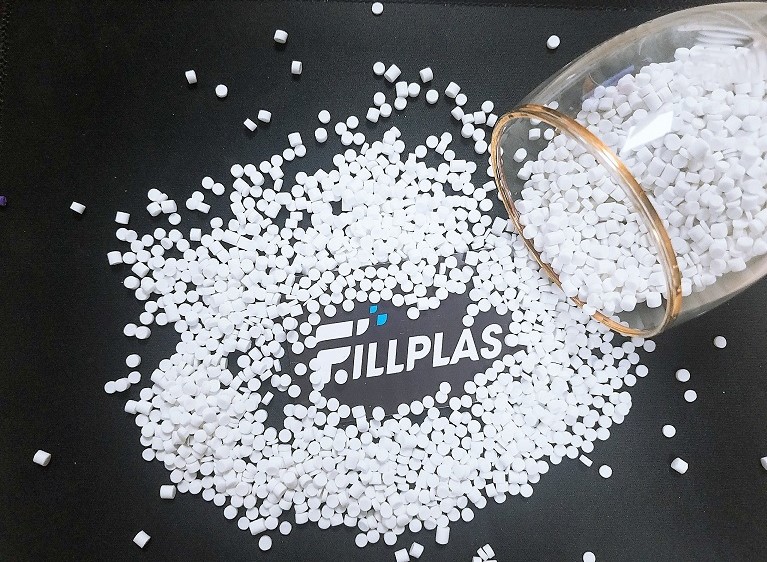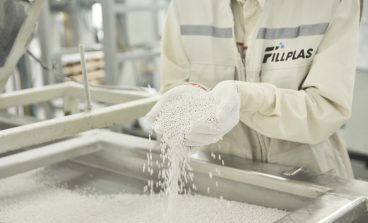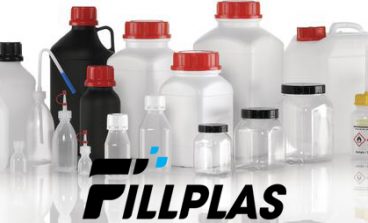
Filler masterbatch is a raw material being used widely in the plastic industry. We can find different ranges of filler masterbatch.
CaCO3 filler masterbatch
CaCO3 filler masterbatch is a compound of calcium carbonate powder, carrier resin, and other additives. Manufacturers normally use this raw material to fill in plastics to replace a part of virgin polymer that is very expensive. It is the reason that calcium filler masterbatch brings cost savings solutions to plastic manufacturers.
This filler also improves production conditions, increases output. Furthermore, it increases calcium carbonate loading, makes easier pelletization, cleaner manufacturing environment as well as many other physical and chemical properties of ended plastic products.
There are some types of calcium carbonate filler:
– PE filler
– PP filler
– PS filler
Transparent masterbatch
Talc filler masterbatch
The creation of talc filler masterbatch is from high-quality talc with carrier resin and dispersant additives. The filler has good dispersion, high usage rate, and superior processing performance. This product has many advantages, such as good gloss and color, increased heat resistance. It gives good dispersion, transformation features, high stability, and ease of use. Moreover, it works to improve product quality and reduce the cost of products. It also applied to improve stiffness, rigidity, and resistant surface.
This material has an anti-agglomerating feature and helps smooth the surface without adding any anti-block additive. Besides that, it can blend well with carrier resin and improve processing capability as well as features of end-products according to the application. It reduces production costs. In summary, it is a kind of multi-functional masterbatch.
Barium sulfate filler masterbatch
Producers use virgin polythene as its carrier, high-quality barium sulfate (BaSO4) as its filler, then compound them with some additives, with or without surface-treated fine powder. They adopt advanced internal mixer equipment to pellet to ensure the masterbatch they produced with a high filling amount, superior processing properties. In addition, it guarantees the feature with good glossy performance, meanwhile endows with the characters of anti-block, smoothness, and dispersing, which avoid using the opening agent any more. And it is well compatible with base resin that can obviously improve the performance and processing property of the base resin to largely reduce the production costs. In a word, it is an ideal multifunctional masterbatch. Plastic manufacturers use this filler to fill PP, PE, PS products in various processing technologies, i.e. blowing, extrusion, injection, etc. Depending on products, below 35% dosage may not affect transparency.
Sodium sulfate filler masterbatch
Na2SO4 (sodium sulfate) filler masterbatch is one kind of high-end quality filler. They use this filler mainly for superior PE, PP packing materials. This type of transparent filler masterbatch takes nano inorganic functional material compounded with the plastic carrier as its raw material, produced by high-tech nanotechnologies. It has high transparency, excellent gloss, strong mechanical property, very good dispersity, and strong stability features, meanwhile, it has a non-toxic factor.
The usage of Na2SO4 transparent filler is a superior performance environmentally friendly material to take place of a certain portion of plastic raw material for LLDPE, LDPE, HDPE, PP plastic products. On the other hand, it will not change the performance of the basic materials at the same time but largely reduce the whole processing costs.
Bio-degradable filler masterbatch (bio mates)
The mixture of calcium carbonate and bio-resin (as the carrier) creates bio-degradable filler masterbatch. Bio mate is compatible with PLA, PBS, PBAT, TPS. Its applications are blown film for bio-degradable shopping bags, rolling film, food bags, and industrial bags. The usage rate is from 5% to 20%. Its shelf life is 3-6 months in environmental conditions.
Fillplas has the range of CaCO3 filler masterbatch and bio-degradable filler masterbatch. These materials are widely used in plastic fields for many economic benefits.



